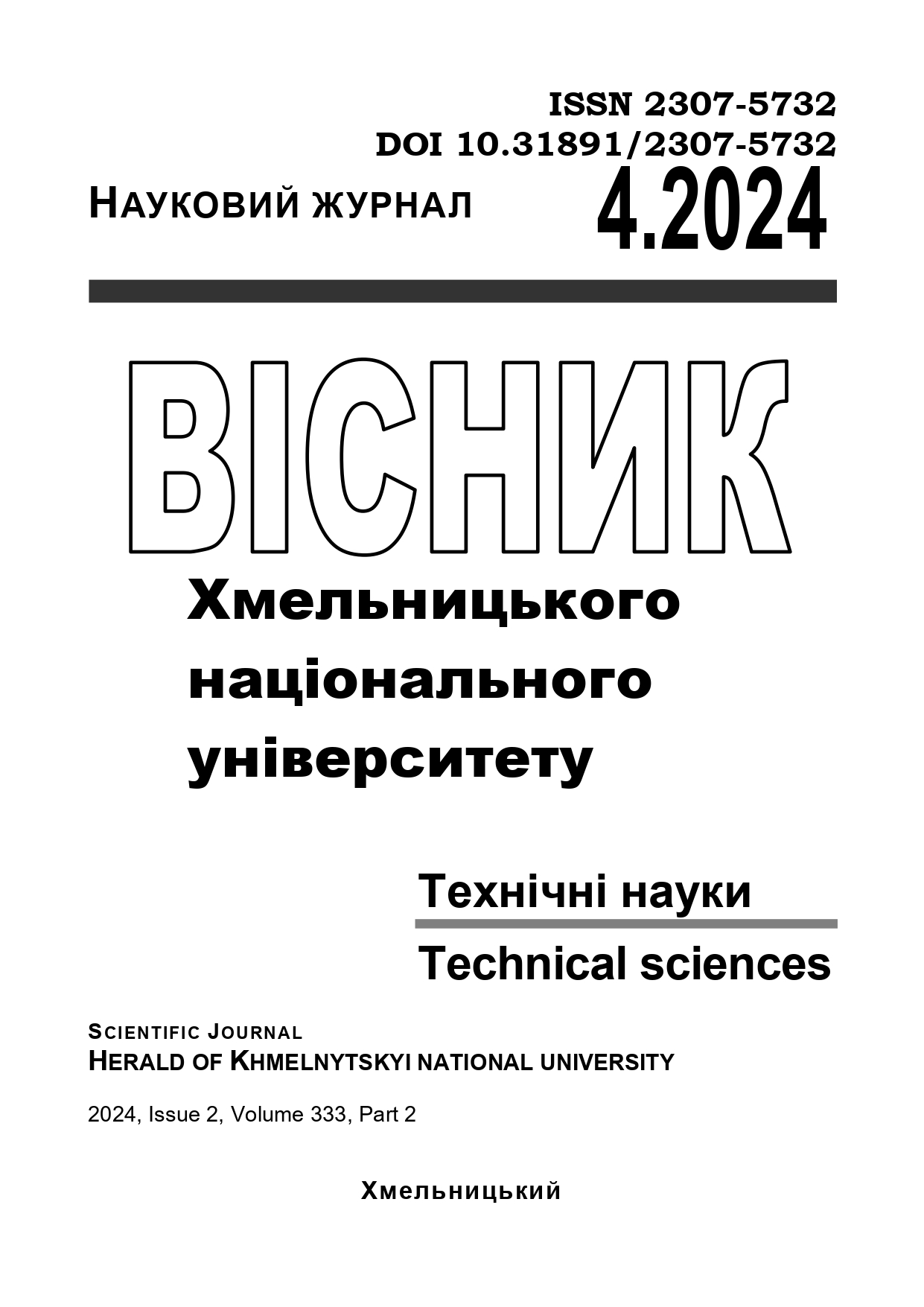PROSPECTS OF PEACEFUL USE OF NUCLEAR ENERGY
DOI:
https://doi.org/10.31891/2307-5732-2024-339-4-32Keywords:
nuclear power plants, peaceful atom, thermonuclear energy, thermonuclear fusion, defective mass, nuclear waste, gravitational containment, accelerator, uranium 235, uranium 238, power unit, closed cycle, thorium power plants, helium, organization of economic cooperation and development (OECD), resources and reservesAbstract
The article analyzes the issue of the future peaceful use of atomic energy, which is the same age as the creation of the nuclear bomb. These projects were implemented quite quickly one after the other. In July 1945, the United States, as part of the Manhattan Project, which began in 1942, tested the first atomic bomb, and the first nuclear power plant (NPP) was launched in the USSR in the city of Obninsk in July 1954 and only 9 years separated the military use of uranium decay from the peaceful atom. This whole program was about the decay of heavy elements, but the problem of nuclear fusion of light elements with the release of energy immediately involved not only military but also peaceful use. US and USSR thermonuclear bombs detonated 10 months apart in 1952 and 1953. It seemed that the idea of peaceful use of thermonuclear energy would be implemented very quickly, in a few years. It remained to solve the main question of how to make an installation for keeping hot plasma. Such well-known physicists as Robert Oppenheimer, Ihor Kurchatov, the discoverer of the spontaneous fission of uranium nuclei, Ihor Dmytrovych Sakharov, co-creator of the hydrogen bomb, Yuliy Borisovych Khariton, etc., dealt with the problem. More than 70 years have passed since that time, and humanity has not yet learned to manage a self-sustaining thermonuclear reaction. While on the Sun, thermonuclear fusion has existed for millions of years, and to do something similar is the main dream of mankind because the natural reserves of hydrocarbons are gradually being depleted. The idea of fusion is to add up the mass of two hydrogen nuclei and two particles related to them so that the total mass is greater than that of the atomic nucleus of helium formed from these four particles (this is called the mass defect), the excess mass (this is the difference between the sum of the masses of all nucleons contained in the nucleus and the mass of the nucleus). When these four particles fuse with the helium nucleus, this defective mass is transformed into energy, which will be greater than that of the helium atomic nucleus formed from these four particles.

